Christianity in India: Sociological Investigations
Dharma Endowment Lectures
Synopsis
Read more
In the backdrop of the framework of sociological theories of secularization and institutionalization, this book examines the recent trends in Indian Christianity. Discussing the sociological perspectives on how the processes of modernization and globalization impact religious belief and practice in the world today, it analyses the internal dynamics of institutionalized religions.
Further presenting sociological analysis of Pentecostal sects, it describes in detail the life and ministry of pastoral clergy of India, and the effectiveness of the formation of priests and the religions. It also analyses the role of the Church in social transformation through education.
27.90
25.11
$
31.00 $
Free delivery Wolrdwidе in 10-18 days
Ships in 6-7 days from New Delhi
Membership for 1 Year $35.00
Get it now and save 10%
Get it now and save 10%
BECOME A MEMBER

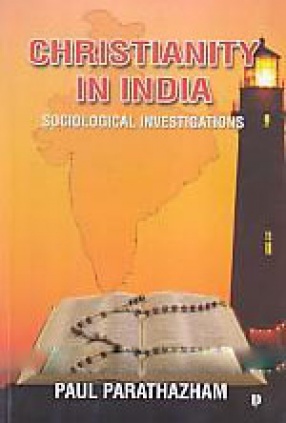
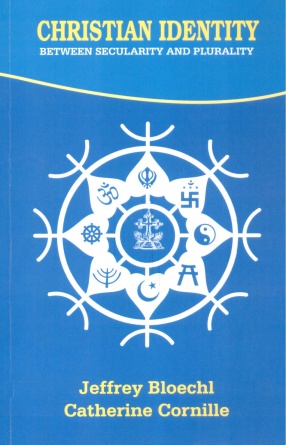
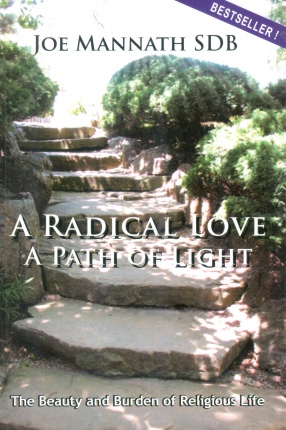
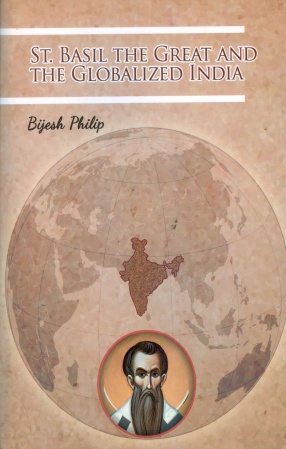
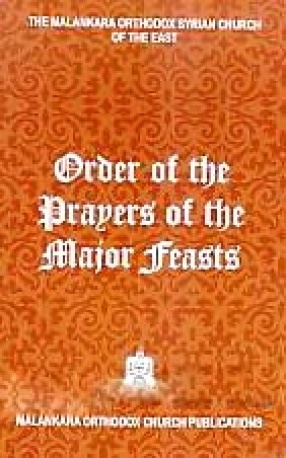
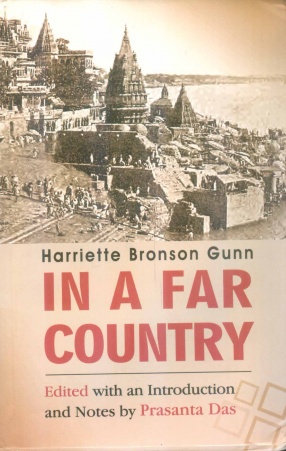

‘Christianity in India – Sociological Investigations’ a series of papers based on research undertaken among the Syro-Malabar rite Catholics caught my attention while I was casually leafing through some recent publications in an archdiocesan library. Both the title and the researcher’s name rang a bell; I had just finished reading ‘Christianity in India’ by Leonard Fernando and G. Gispert-Sauch’, a narrative of the history of Christians in India while the former is a sociological enquiry of several years of painstaking research among the laity, clergy and religious of the Syro-Malabar rite. Paul Parathazham is to be commended for his daring initiative, bold honesty, prophetic confronting of denial and religious hypocrisy, even at the cost of ruffling a few feathers here and there while holding the mirror to them though they might not like what they see, perhaps he does not expect what he has to reveal in all openness and honesty to be music to their ears. He is scientifically evidence-seeking and pastorally well-intentioned in his analysis and the results cannot but shake the smugness and self-complacency of his confederates. The world has become dramatically pluralized as a result of globalization, modernization, urbanization, migration, advanced information technology, mass communication, facebook and whatsapp. It is a market in which individuals can make choices. It is against the background of pluralism, supermarket of worldviews, that the ‘churching of India’ takes place in a world which in many respects is new and undergoing rapid and continual evolution. The faithful are attracted, the author notes, to vibrant denominational autonomous priestless communities and their complaint is they have not experienced God or fulfillment of the soul or the heart’s deepest desire in their parent authentic How measurable is God experience is disputable: is it the ascending chorus of Alleluia belting of a highly charged crowd on emotional high or the transcendent experience (?) of a tediously long liturgical service in a fast paced digital world of ‘twitter and instant messaging ‘,with the accoutrements of an antiquated rite alien to an Indian populace, though claiming to be Eastern and oriental when the celebrant and the worshippers are blissfully ignorant of Syriac, the knowledge of the language of worship and tradition - the more ancient the more claim to orthodoxy and faithfulness - has vanished in the Chaldean mists of unintelligibility in a different continent and the confused and perhaps the loss of true identity of the believers for lack of authenticity and a truly meaningful liturgy; is it the glittering cross, the ornate chasubles, tinkling of bells, the clouding of the holy of holies with incense and the veil, or the holding forth from the pulpit of the pastor’s harangue of his version of scripture and morals ? In a postmodern world view there is a multiplicity of views and God experience is as multifarious and subjective as the number of believers. It is not comforting to know that there is internal crisis of credibility, collective disillusionment and loss of morale, lack of critical self-awareness among the priests, unrealistic self image, dissatisfaction with community life and interpersonal relationship, lack of openness, trust. Faithfulness to the vow of celibacy or chastity is considered as a witnessing way of life for total dedication to the exclusion of other virtues, even basic human qualities like honesty , justice and fairness. Though celibacy is touted as the angelic virtue and prized both by clergy and the laity, it's something that takes time to achieve by integrating it in one’s life. It is an ongoing struggle with sadly many casualties both psychological and spiritual. The cultic model of the priest as mainly an administrator of the sacraments and teacher of the faith, a celibate who celebrates set apart from other Catholics is more attractive to the clergy than the servant leader model engaging in work for charity and social reform There are inadequacies in church’s pastoral ministry today. The priests are not spiritually and psychologically equipped to accompany the faithful along life journey, faith journey in times of struggles and personal distress; there is a general reluctance of the clergy to enlist the services of lay catholics and women religious as collaborators in pastoral ministry. Devastating is the revelation that the ‘chemmachans’ fail to disclose their real selves for fear of reprisals and sanctions and undesirables and those whose motives are questionable obtain the crook and the staff by hook or crook. The research has found that the seminarians either regret or are unsure of the choice they have made and admit they had hidden their real selves during formation! No psychological tests of personality or assessments of suitability for priesthood are carried out for the prospective candidate during formation and whether any of them who would be entrusted with the (cura animarum) care of souls ever attains emotional and psychological maturity to minister to the faithful is anyone’s guess. Free, spontaneous, conscious motivations as urged in Pastores Dabo Vobis, Optatam Totius, and Vatican II decree on priestly and religious formation cannot be ascertained while leading a life of sham in wolf’s clothing. To be a priest is more difficult than to merely act as a priest. Psychosexuality of the clergy and the religious in a sexually liberated rights- asserting Kerala is not addressed nor homosexual subculture which is likely to exist in all male or female preserves in houses of formation. Suicides among the religious sisters which was a rarity are now reported in the media, scandals among the clergy, alcoholism, pornography addiction , child sex abuse though not as rampant in the West which have been found to exist among those called are not addressed. It is not known if a second mailing of the same survey or a reminder or a final third set of questionnaire was mailed to continuing non-responders. The survey’s field period seems to have been protracted. Every attempt must have been made to reduce bias. The priests see themselves a cut above the pack and they know that the sheep have high expectations of the shepherd. The halo effect cannot however be altogether excluded. Participants are less likely to be honest in answering questions about sexual behavior (celibacy) although it is unwise to assume that participants will always be truthful more so when they had hidden their real motives during formation and got accustomed to dissembling and leading a hypocritical way of life. It is obvious that assessing ourselves completely accurately is not easy and any self-report may be incorrect despite our best efforts to be truthful and precise. They would not like to see themselves less flatteringly in poor light. Paul Parathazham has tried to circumvent in someway social desirability and impression management process by an indirect and extraneous mode of framing at least some of the probes. As the life of the priest centers around his faithful observance of the vows of, chastity, poverty and obedience, future investigations it is hoped would be undertaken to address these aspects of paramount importance, not excluding a life of prayer, zeal for evangelization, preferential option for the poor. Will the percentage saying that if they had the choice again, they would choose the priesthood be significant ? What would be their reason ? Comfortable life style, positions of authority, desire for power as a religious figure worthy of respect, mediocre life without challenges, zeal for service and living the gospel values, desire to serve in the periphery or any ulterior motives ? People can interpret and use scales differently. What a respondent rates as ‘7’ on a 10 point scale, another might only rate as a ‘5’ because the meanings of the scale points are likely to be the interpreted differently. Some like to use the edges of the scales, whereas others like to hover around the midpoints. The differences in scores between participants can convey something other than what the survey was intended to measure. Notwithstanding these limitations, these sociological investigations will interest anyone concerned with the contemporary status of Syro- Malabar Christianity in India at a time when any church’s differentiation from the surrounding secularized de-christianized society is being dramatically reduced. It is hoped that these findings undoubtedly would be thankfully welcomed, reflected and acted upon by the enlightened ecclesiastical leadership and set about innovating, adapting, and transforming in ways that enable them to maintain relevance and be open to retain the saltiness in the salt of the earth with sustained and honest self-criticism. The people may find the praxis of faith as an anxiety-coping mechanism and as a network of solidarity and community where they themselves would be collaborative ministers. In the final analysis it is the crisis of faith among the priests and lack of faith education and conviction of the best in the population under study who proudly trace their Christianity to a doubter. Corruptio optima est pessima. This can be a salutary warning to the faithful and priests of other rites in Kerala, who are oblivious of the elephant in the room with their heads buried and addicted to the ‘habit of unseeabilty’. Construction of churches and proliferation of retreat centers and administering mercenary institutes of education and health establishments ‘in the name of the Father’ would not resemble the kingdom of God. The churches and cathedrals may one day be empty without worshippers if honest self-criticism is lacking with the result that there would be only shepherds without the hundred sheep.
Bibliographic information